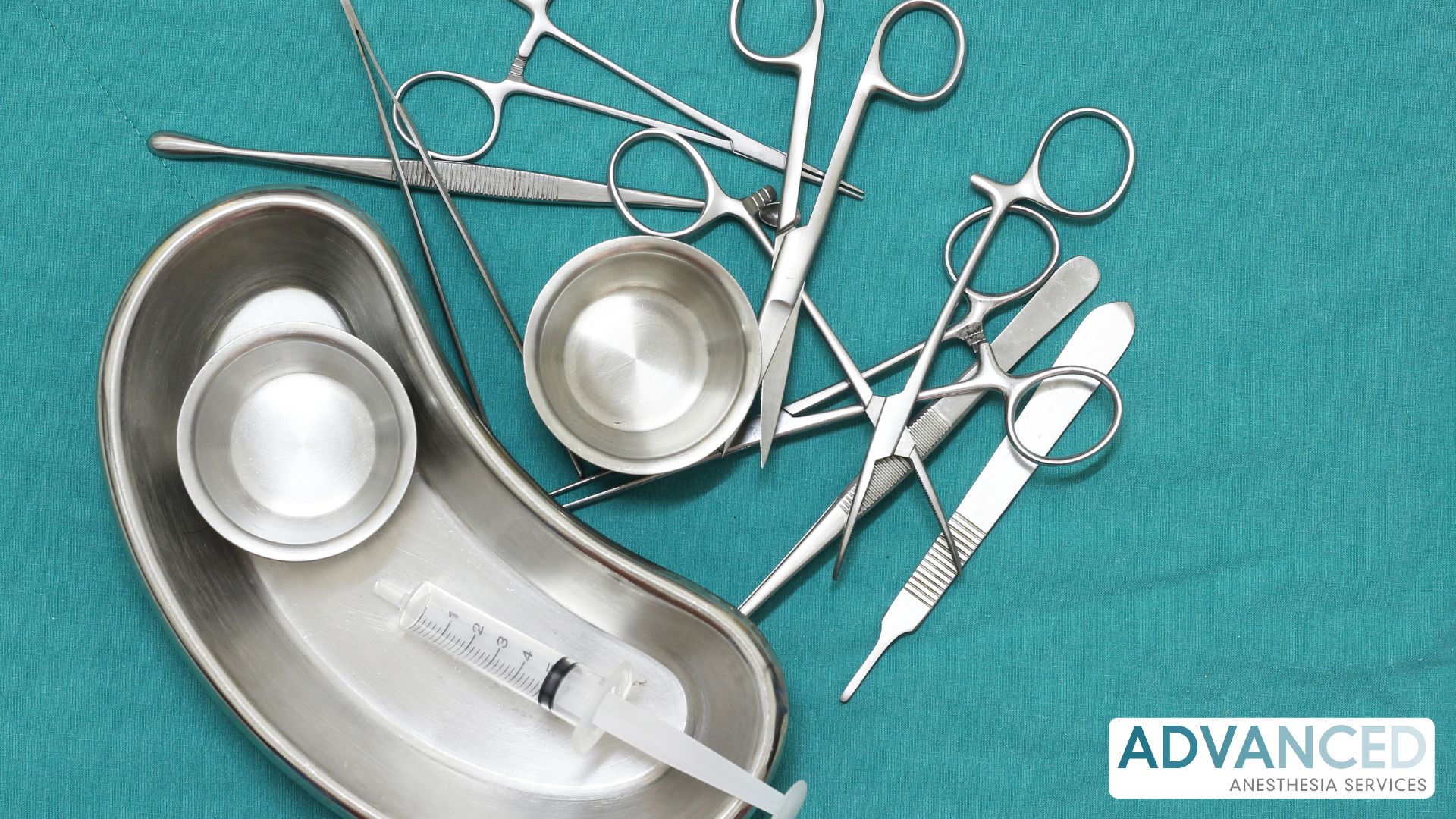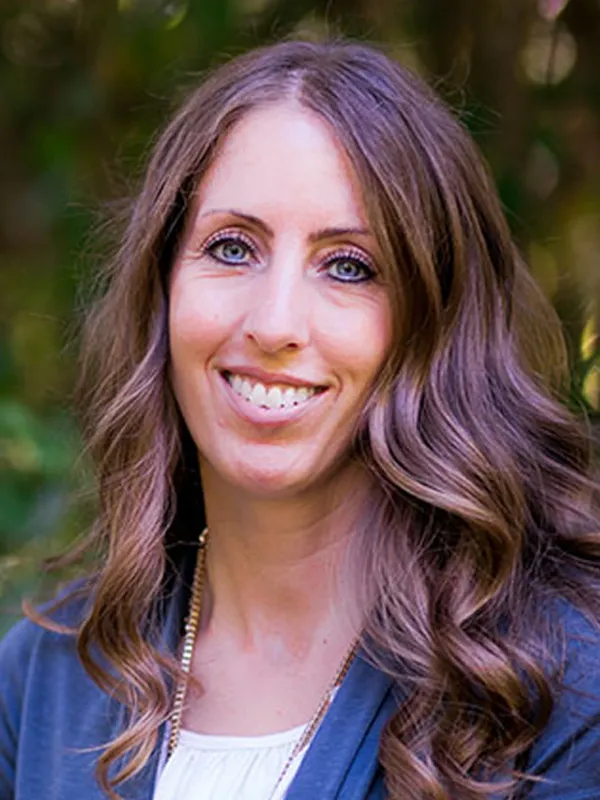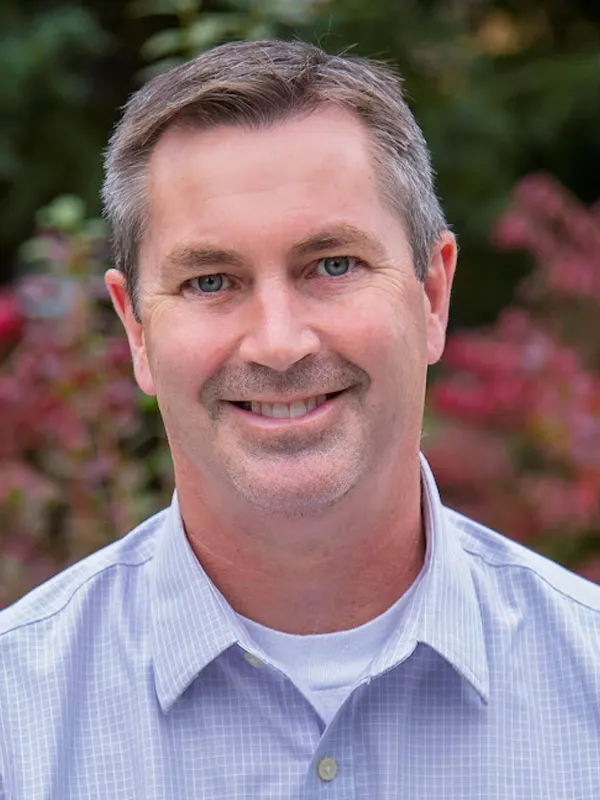
Office-based procedures such as balloon sinuplasty, turbinate reduction, and minor middle-ear interventions can be efficiently managed in clinical settings. However, increasing case complexity, patient comorbidities, or procedure volume often necessitate transitioning to an ambulatory surgery center (ASC). This shift requires comprehensive anesthesia planning to avoid delays, ensure regulatory compliance, and support patient safety. The following guide outlines key considerations for a successful and sustainable transition.
Determining which procedures should move to the ASC depends on complexity, equipment needs, and patient risk factors. Multisinus functional endoscopic sinus surgeries (FESS), complex septoplasties with turbinate reductions, and pediatric myringotomies (for children over three years of age) are commonly performed in ASCs. Simpler procedures like nasal endoscopy and minor turbinate reductions may remain in-office, while high-acuity interventions such as neonatal airway endoscopy or tracheal resections should be reserved for hospital settings.
A retrospective review of procedural codes over a three-month period can help project ASC volume and justify the investment.
Three anesthesia staffing models are commonly used in ASCs:
Many facilities begin with CRNA-only coverage and expand to include physician supervision as case complexity increases.
Transitioning to an ASC requires significant upgrades from typical office settings. Essential anesthesia-related upgrades include:
Initial capital expenditures typically range from $150,000 to $200,000 depending on the scope of upgrades.
Establishing an ASC involves navigating regulatory and logistical milestones. A typical timeline includes:
Delays often stem from equipment delivery lead times and licensing approval, so proactive planning is essential.
Compared to office-based procedures, ASCs introduce new workflow demands. Arrival-to-incision time often increases from 25 to 45 minutes due to preoperative evaluations and registration. Post-anesthesia care unit (PACU) stays also extend, influenced by billing and documentation requirements. Anesthesia teams must account for the additional time required for electronic medical record documentation and regulatory data capture.
When launching, schedule cases 15 minutes apart until workflow efficiency is established.
ASCs must report clinical outcomes to the Centers for Medicare & Medicaid Services (CMS) through the Web-Based Quality Reporting Program. Anesthesia teams are responsible for documenting metrics such as unplanned transfers, hospital admissions, prophylactic antibiotic timing, and adverse respiratory events. Ensuring that your anesthesia group is prepared to collect and report AQI 63 data is essential for compliance.
Develop a financial model that bundles the facility and professional anesthesia fees. If CRNAs bill separately, ensure a negotiated carve-out with payers. Most ASCs reach their financial break-even point at approximately 600 FESS-equivalent cases per year, though this varies with procedure mix.
Ambulatory surgery centers often deliver significant payer savings, with facility fees averaging 45 to 55 percent lower than hospital outpatient rates. This cost advantage can support favorable payer contract negotiations.
Successfully launching ENT services in an ASC requires strong cross-functional coordination. Best practices include:
Transitioning ENT procedures to an ASC improves access, reduces costs, and enhances patient satisfaction. However, anesthesia planning must evolve alongside this migration. From equipment and regulatory requirements to staffing models and workflow adaptations, early involvement of a qualified anesthesia partner ensures that clinical quality and operational readiness align.
For practices exploring ASC development or requiring interim anesthesia coverage, Advanced Anesthesia Services offers guidance from initial planning through full operational integration.ou.

